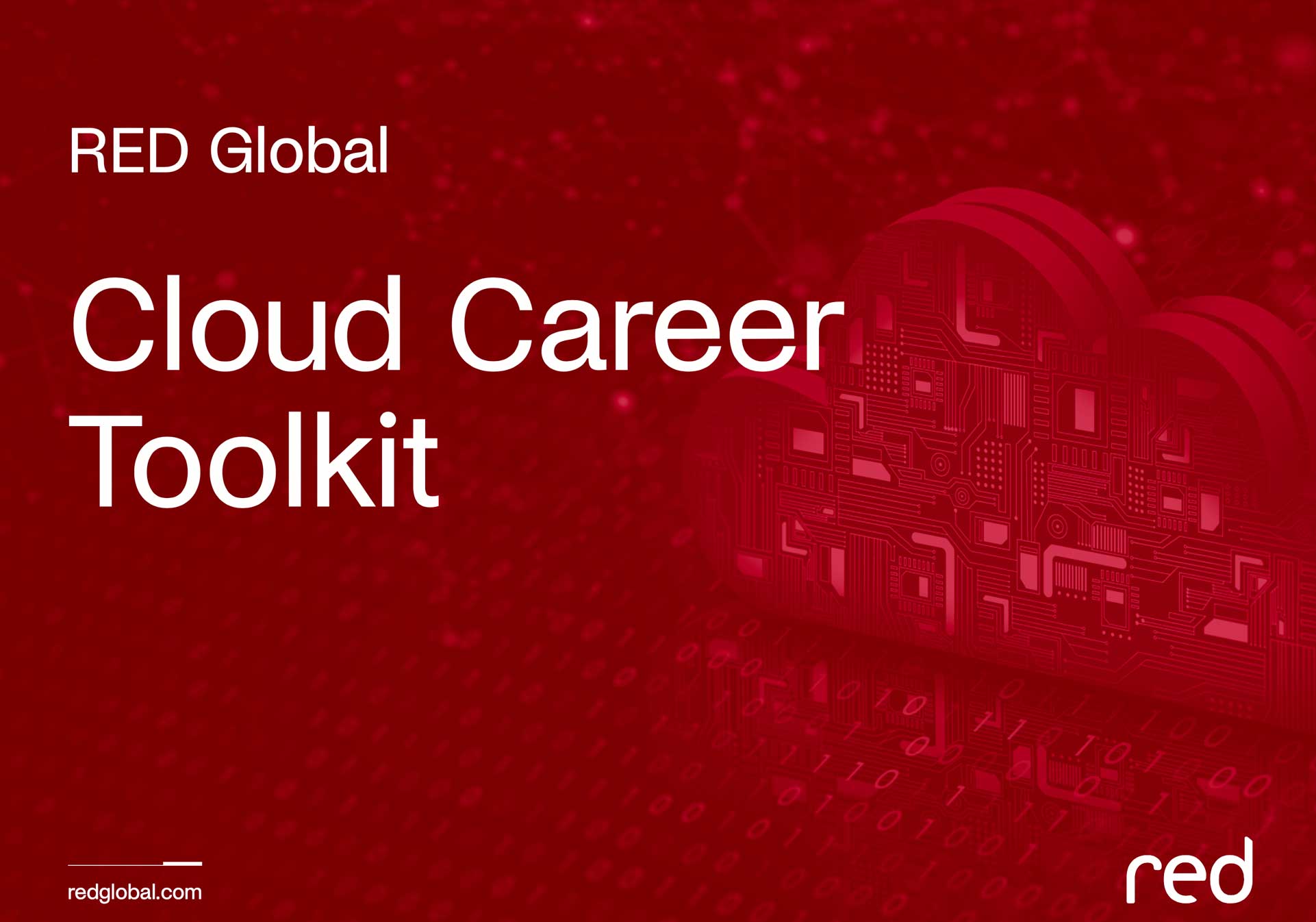Unwrapping the myths of S/4HANA.
Blog post

We’re nearly seven years into the release of SAPs biggest platform upgrade in decades, and yet still questions and misconceptions remain about the revolutionary S4/HANA - SAP’s Enterprise Resource Planning (ERP) software upgrade.
At RED Global, we’re 100% committed to SAP and the related technology stack that surrounds it. But that doesn’t mean we or our clients are stubbornly sticking to the classic SAP ERP or Business Suite.
Today, we want to unwrap some of the myths we hear every day when talking to our customers and partners around the globe.
We know what an ERP system is, but what is the S/4HANA upgrade?
This groundbreaking SAP innovation uses the SAP Hana in-memory databases, thus providing myriad new technical benefits to users. Its concrete advantages include an improved interface, more flexibility, and increased performance, to name but a few.
But despite the big redesign of SAP's ERP solution, several myths and misconceptions continue to pop up about it. So, here we go…
1. You can only find S/4HANA as a Cloud version
This statement is not entirely accurate, since S/4HANA is also available on-premise, something a lot of our clients are still preferring.
You can only run the cloud edition in the app data centre managed by SAP SaaS. But for the on-premise version, one can run it on-premise as the name suggests, i.e. in the company's data centre, in the SAP HANA Enterprise Cloud or even using a hosting partner.
Although the Cloud and on-premise editions have the same code line, you can have complete access to all features, including features to extend the application in the on-premise version - but a limited number of features in the Cloud edition.
The Cloud version provides access in a more targeted manner, and is a little easier to implement and manage. However, you do have a choice.
2. HANA and S/4HANA have an identical Business Suite
In January 2014, SAP replicated code lines from the Business Suite and created a new code line for S/4HANA. At that time, it would be true to state that HANA and S/4HANA have identical Business Suite. However, the SAP development team later began to create new application features for S/4HANA, so different code lines began to emerge.
3. S/4HANA is just a new facelift of SAP Fiori
While it does have a facelift as such with a redesigned user-interface, S/4HANA is a lot more than that. For example, it allows users to enter a transaction and see the transaction's outcome immediately via embedded analytic dashboards without having to snap to a different analytic application or wait for the business warehouse system to respond.
This powerful feature of S/4HANA is possible due to SAP HANA, a columnar database with a unique capability that supports analytics and transactional processing in a single system.
SAP Fiori alone cannot accomplish such, thus disreputing the facelift only myth.
4. Every SAP GUI transaction has its SAP Fiori app
Here's another one we hear a lot. Basically, Fiori design principles are simple, adaptive, role-based, delightful and coherent. A simple facelift of the SAP GUI cannot deliver on any of that.
SAP uses Design Led Development in that every Fiori app you choose requires going back to the drawing board.
But to build an app from scratch, there is a need for a deep understanding of the enterprise role and context to get insight into how you can make the tasks easier, simpler, and more effective.
Besides, there is a need to ideate and prototype with real users to ensure the new app will have effective innovations and meaningful improvements.
For this reason, you typically find Fiori apps decompose complex one-size-fits-all SAP GUI transactions to several Fiori apps.
5. You can't upgrade to S/4HANA
If someone says you cannot upgrade to S/4HANA, they would technically be saying the truth since the ERP system is a new product.
But when you drop the technicality of the statement, it is indeed a myth!
In short, what you do is convert the Business Suite to S/4HANA. Meaning it is not an upgrade but a conversion. From a client perspective, you have several options, including migrating to a new instance of S/4HANA or doing an in-place conversion.
The conversion is for the on-premises version since the Cloud edition requires migrating to a new solution. Migrating to a new instance is a popular option and allows 'moving house'.
In the moving house analogy, you check what you have currently in your solution and determine if it is something worth renovating.
6. Modifications won't work in S/4HANA
Modifications should work in the on-premise version, provided they are executed within the SAP standards. But SAP inspires its clients to embrace S/4HANA because it provides them with a better perspective on changes.
The Cloud edition does not support conventional modifications; thus, the construction of extensions need HANA's Cloud platform.
7. S/4HANA is for finance use cases only
Another misconception is that S/4HANA only helps in finance use cases, such as cash management, general ledger and financial close.
SAP S/4HANA began supporting non-finance use cases from 2015 in the 1511 release. The 1610 release in 2016 came with even more functionality. It now includes HR use cases and even announced to unveil more improvements in 2022.
8. You don't need any extra effort to run everything on mobile devices
Fiori apps and Fiori Launchpad are indeed mobile responsive and adapt to the right form factor automatically.
But you have no assurance that classic Uis will run on small mobile devices without any extra effort. In short, most classic UIs support certain mobile devices.
Therefore, you have to be aware of strategic, technical and functional considerations that affect how business users interact with mobile devices.
For instance, strategic consideration on whether the business should embrace the bring-your-own-device-approach or give corporate devices. Functional considerations include determining which tasks a user should perform on which device and in which use cases for those users with multiple devices.
Finally, technical consideration would be, for instance, configuring container apps such as SAP Fiori Client.
The Bottom Line
Myths and misconceptions are mere obstacles that could hinder your journey to realising the strategic goals for digital transformation possibilities that S/4HANA brings to the table.
But when you know these myths and misconceptions, nothing will be a surprise along the journey. Visit our blog page today for more SAP industry insights and career advice or contact us to book a strategy call.
Your Cloud Career Toolkit
Resources
Finding your dream job and navigating your way through a successful career can be challenging.
When it comes to finding a cloud job and dealing with the challenges that may arise in your cloud career, we’ve got the expertise to ensure your success.
In this Cloud Career Toolkit, we'll explore the exciting world of cloud computing and show you how to take the first steps towards a rewarding career in this dynamic field.
If you have any feedback about the toolkit, we'd love to hear from you.
To download our free Cloud Career Toolkit, fill out the form and click 'download'.




